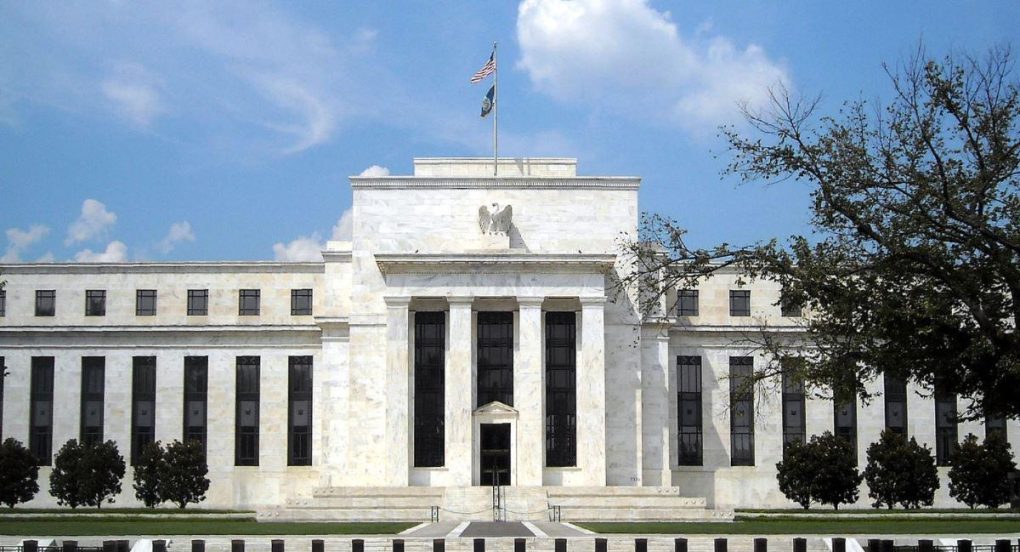
Markets responded badly last week to Federal Reserve chairman Jerome Powell’s declarations outlining the Fed’s preliminary projection for the coming year. With inflation clearly no longer being “temporal,” with the Consumer Rate Index accelerating to 7 percent in December, Powell has turned significantly hawkish. Apart from seeming to verify a series of rate walkings for 2022, markets were likewise shaken by Powell’s confirmation that the Fed would start reversing its bond-buying program in March. The reverse of quantitative easing (QE), quantitative tightening (QT) will see the Fed begin reducing its now more than eight-trillion-dollar balance sheet. The reason for the move, as San Francisco Fed boss Mary Dalyput it, is to offer the Fed more ability to eliminate inflation without resorting to numerous 2022 rate hikes.
With specialists significantly dubious of the US economy’s capability to grow in a higher-interest-rate environment, starting QT in March would appear, on the surface, an apparent thing to do, the thinking being that as QE seems to help hold down the yields of long-lasting bonds, doing the opposite ought to cause them to increase. This holds true only in theory, nevertheless, and a number of factors to consider cast doubt on the business.
First, the history of QE, and thereby likewise of QT, is rather brief. Apart from quick Japanese experimentation in the early 2000s, much of the evidence of their genuine effects comes from the duration 2008– 19. Throughout that time, there was no apparent correlation in the US between inflationand Fed balance sheet activities. If anything, inflation rose commensurately with QT. And, further, the duration suggests that premiums on long-term bonds reflected inflation projections, not central bank balance sheet activities.
Second, Bernanke’s preliminary relocate to reverse QE were memorably repelled by the so-called taper tantrum,and the process then continued glacially. Today, the Fed’s balance sheet is considerably bigger than in 2013, and this provides a predicament. On the one hand, were the pace as sluggish as it was under Bernanke’s leadership, the sheer size of the Fed’s balance sheet indicates the process would take a years, thereby jeopardizing the Fed’s ability to respond to the next inescapable crisis. On the other hand, moving quick threats popping what looks like a “bubble in everything.”With the S&P trading at a tremendous thirty-six times its forward incomes, higher than at its 1929 peak, and home costs according to the Case-Shiller index nearly 67 percent higher than their 2006 record,the possibility of a crash landing can’t be eliminated and will want to be prevented by policy makers.
Last but not least, while it isn’t clear the Fed reversing its bond-buying program will do anything to reduce inflation, QT might once again coincide with rising inflation if future expectations of inflation continue to be high and yields compressed, as The Economic expertexplainthat. Therefore, while QT will doubtlessly roil monetary and equity markets– US firms being extremely reliant on easy credit in the financial obligation markets to finance their operations and leveraged positions– it seems extremely not likely on its own to moisten inflation.
In short, the Fed remains trapped. While it might want to chicken outof rate walkings in 2022, the fact is inflation isn’t going anywhere– barring the beginning of economic crisis. From its large increase in the cash supply to supply chain interruptions, commodity and labor lacks, elevated shipping and insurance coverage costs, and geopolitical dangers, the Fed will have to raise rates or threat completely losing control of what is already a degrading scenario.

